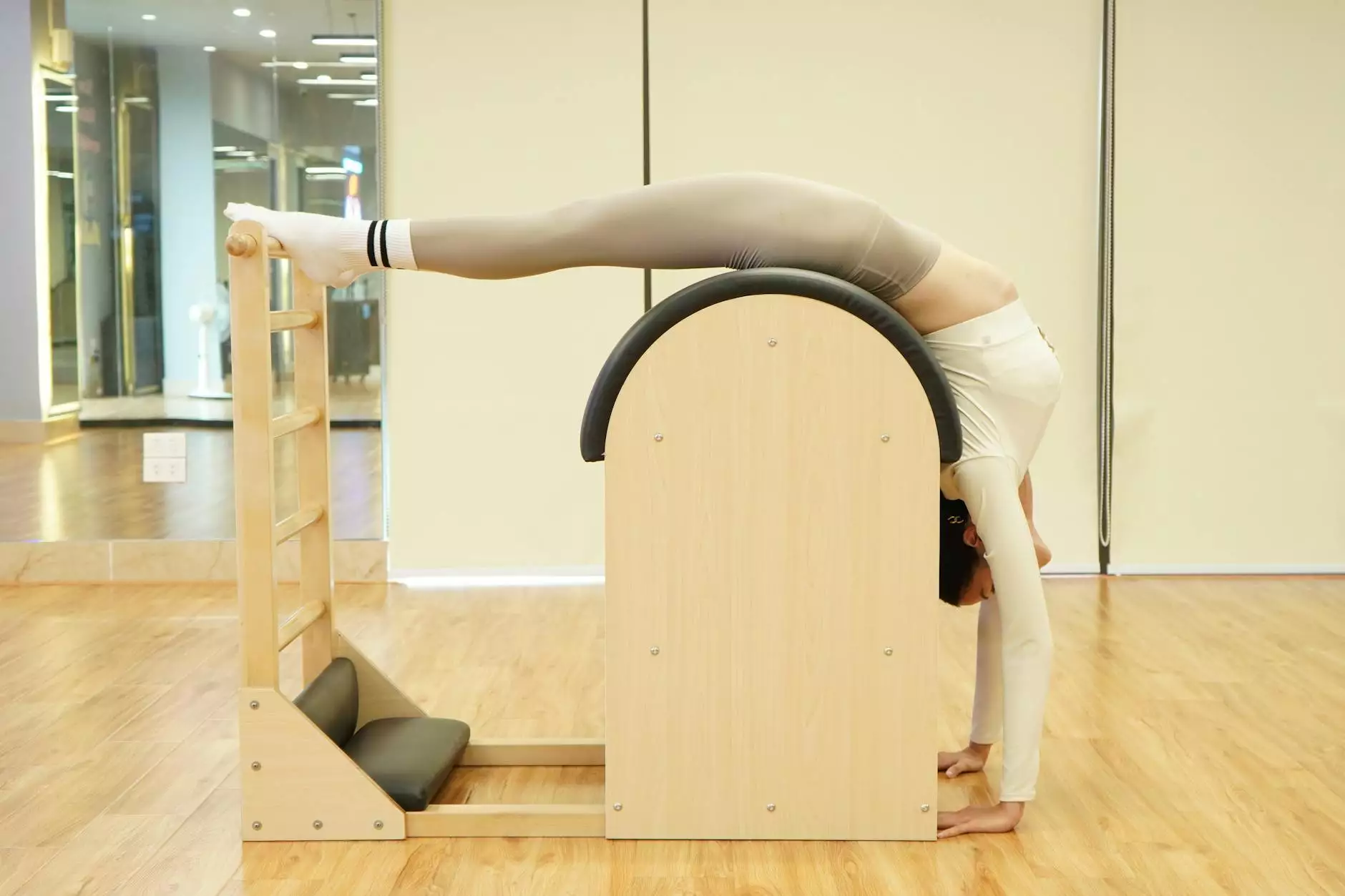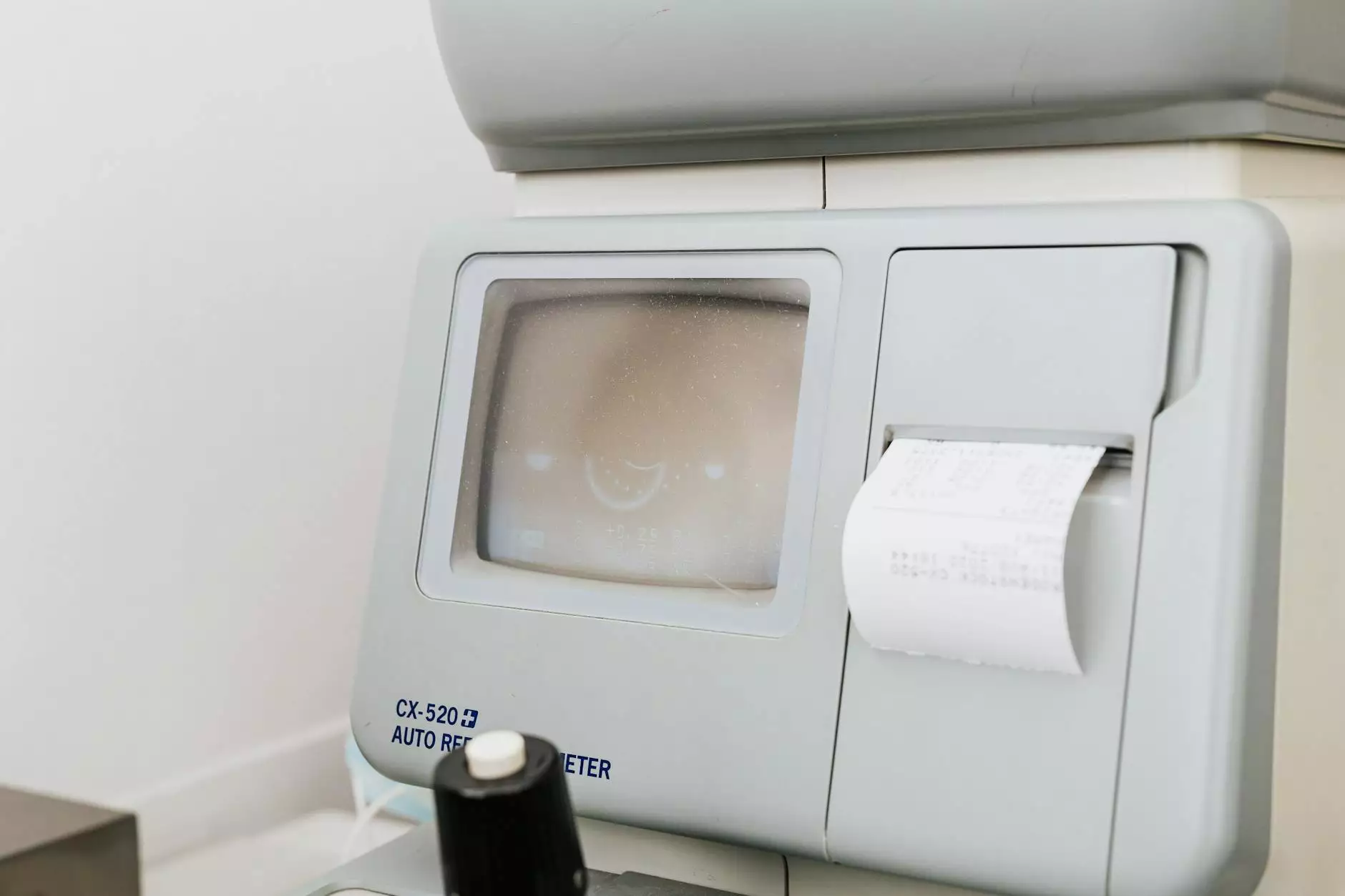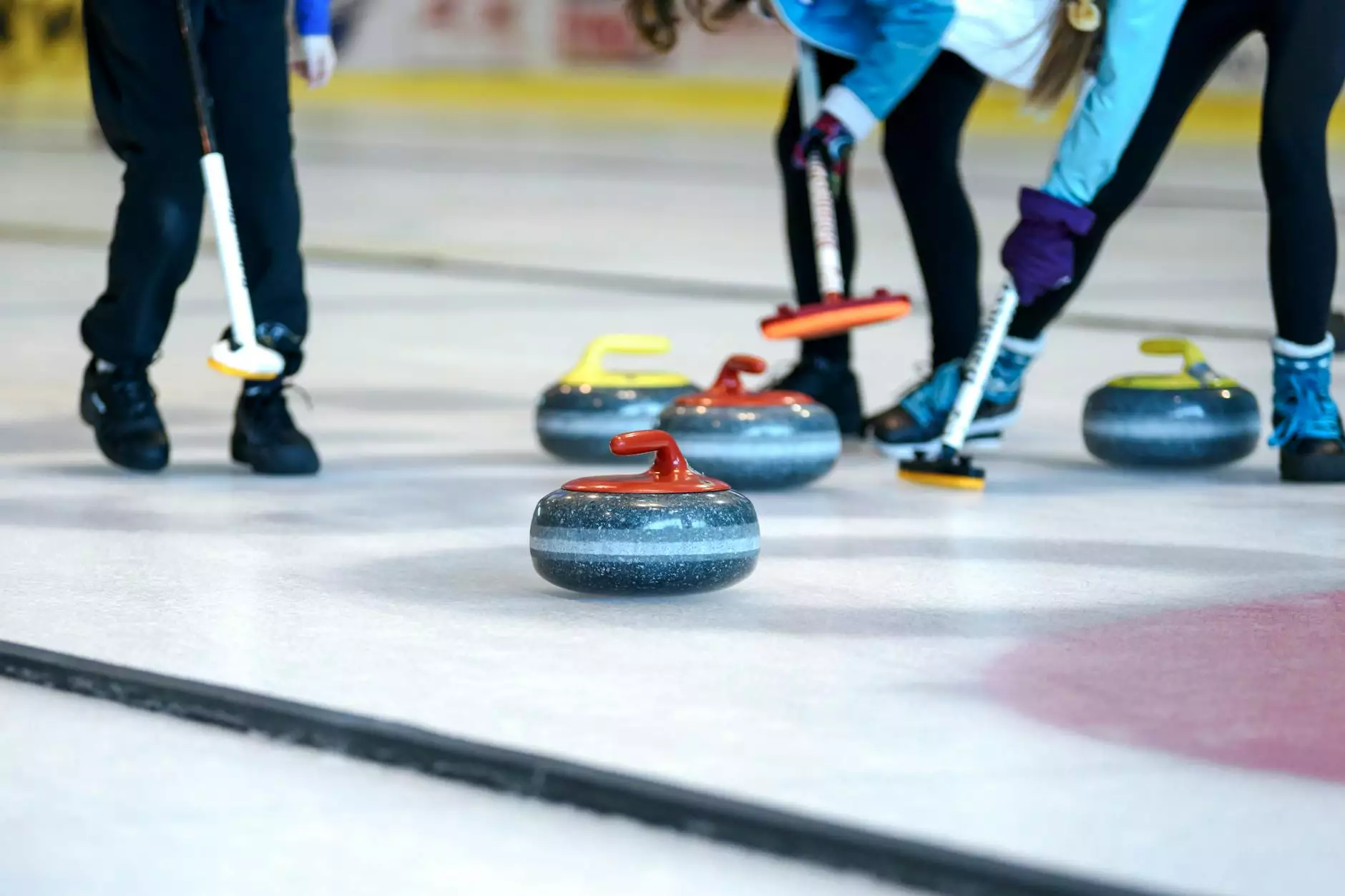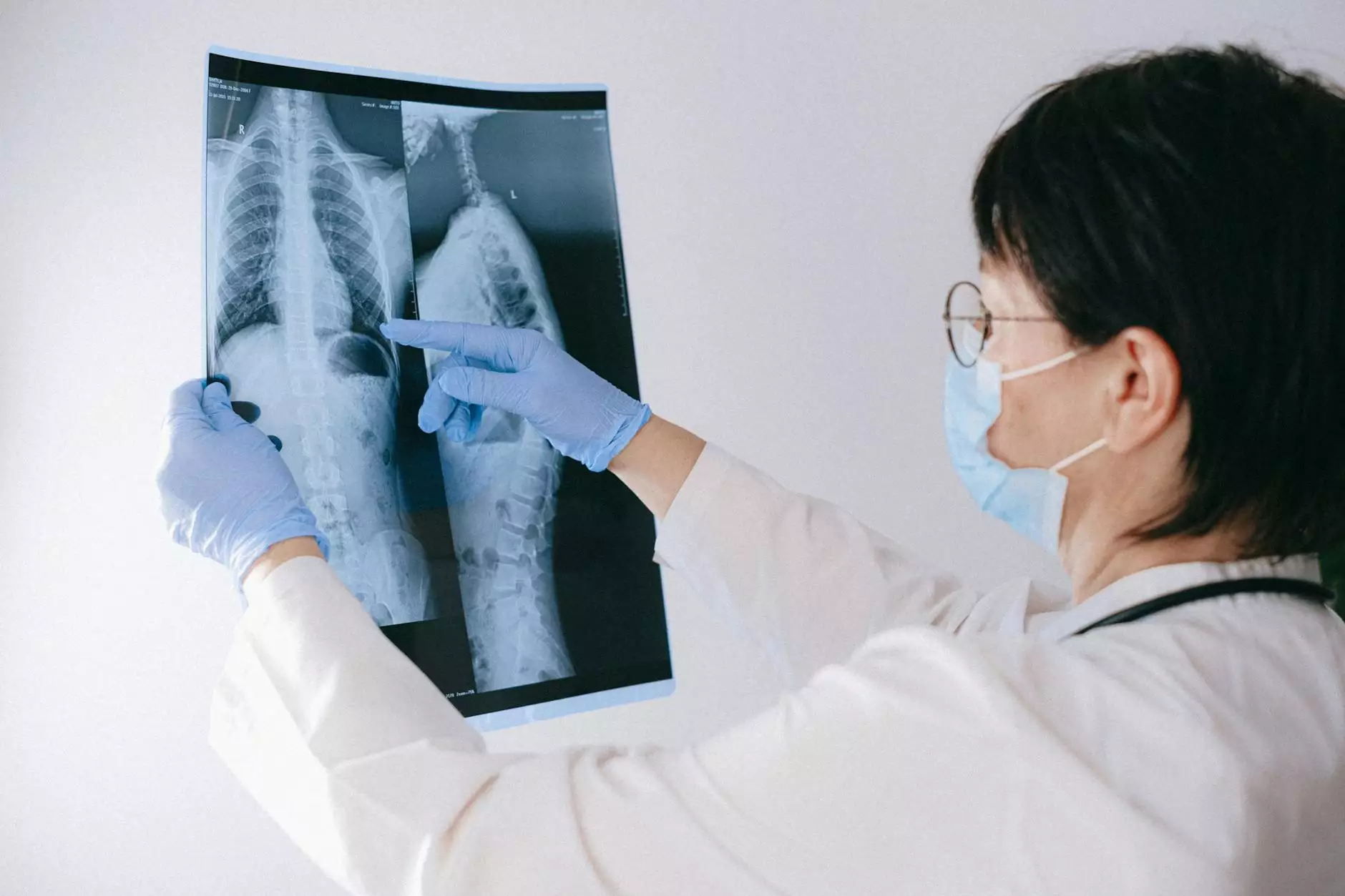Postnatal Pilates for Diastasis Recti: Restore Your Core and Confidence

After childbirth, many women experience changes in their bodies, some of which can be surprising and sometimes overwhelming. Diastasis recti, a condition where the abdominal muscles separate, is one such change. This article delves into how postnatal pilates can be a beneficial tool for recovery, helping new mothers regain strength, confidence, and stability.
Understanding Diastasis Recti
Diastasis recti occurs when the right and left sides of the rectus abdominis muscle, often referred to as the "six-pack" muscle, distance themselves from the midline of the body. This can happen during pregnancy due to the stretching of the abdominal wall as the baby grows.
Causes and Risk Factors
- Pregnancy: The most common cause, especially in women who have had multiple pregnancies.
- Obesity: Excess weight can put additional pressure on the abdominal wall.
- Age: Older mothers are at a higher risk.
- Genetics: A family history of this condition can increase your risk.
- Improper Core Engagement: Activities that strain the core muscles can exacerbate diastasis recti.
Importance of Postnatal Recovery
Recovering from childbirth is essential not only for physical health but also for mental well-being. A proper recovery strengthens the pelvic floor, improves posture, and enhances overall body functionality.
Why Choose Pilates?
Pilates is a low-impact exercise method that focuses on core strength, flexibility, and body awareness. It is particularly effective for mothers recovering from childbirth, as it emphasizes mindful movements that prevent further strain on the abdominals. Here’s why postnatal pilates is ideal:
- Core Rehabilitation: Targeted exercises specifically designed to strengthen and reconnect the core.
- Improved Posture: Encourages alignment and body awareness, critical in postnatal recovery.
- Flexibility and Mobility: Increases the range of motion and reduces stiffness.
- Mental Focus: Promotes mindfulness and relaxation, which can be beneficial for new mothers.
Effective Postnatal Pilates Exercises for Diastasis Recti
When practicing postnatal pilates, it is crucial to choose exercises that are safe and effective for diastasis recti. Here are some recommended exercises:
1. Pelvic Tilts
This gentle movement helps in activating the pelvic floor and aligning the spine.
How to do it:
- Lie on your back with your knees bent and feet flat on the floor.
- Engage your core and tilt your pelvis towards your ribs.
- Hold for a few seconds, then release. Repeat 10-15 times.
2. Knee Fold
This exercise focuses on deepening core engagement.
How to do it:
- Lie on your back with your knees bent and feet flat.
- With a deep core connection, lift one knee towards your chest, then lower it back down. Alternate legs.
- Perform 10-15 repetitions.
3. Cat-Cow Stretch
This classic yoga position promotes mobility in the spine and encourages core activation.
How to do it:
- Begin on all fours with your hands under your shoulders and knees under your hips.
- Inhale as you arch your back (cow position) and exhale as you round your spine (cat position).
- Repeat for 10 cycles, focusing on your breath.
4. Modified Side Plank
This variation strengthens the obliques without excessive strain on the abdomen.
How to do it:
- Start on your side, resting on your forearm, knees bent.
- Lift your hips while engaging your core, forming a straight line from your shoulders to your knees.
- Hold for a few seconds and repeat 5-10 times on each side.
5. Breath Work
Proper breathing techniques are essential in pilates and can aid in core recovery.
How to practice:
- Inhale deeply through your nose, expanding your ribcage.
- Exhale slowly through your mouth, drawing your abdomen towards your spine.
- Practice for several minutes to establish mind-body connection.
Precautions and Considerations
While postnatal pilates is beneficial, it is vital to consider some precautions:
- Consult a medical professional before starting any exercise program, especially after childbirth.
- Listen to your body; if something causes pain or discomfort, stop immediately.
- Avoid high-impact activities until you have fully recovered.
- Focus on form and technique rather than the number of repetitions.
When to Seek Professional Help
If you experience symptoms of diastasis recti that seem severe, such as significant bulging of the abdomen while performing exercises or persistent back pain, it may be beneficial to seek help from a qualified physical therapist or a pilates instructor specialized in postnatal recovery.
Integrating Postnatal Pilates into Your Lifestyle
To reap the maximum benefits of postnatal pilates, consider the following tips:
- Consistency is Key: Aim for regular practice, even if it’s just a few minutes a day.
- Combine with Nutrition: Maintain a balanced diet to support recovery and overall health.
- Join a Class: Consider joining a postnatal pilates class for support and motivation.
- Set Realistic Goals: Focus on gradual improvements rather than immediate results.
Conclusion
Postnatal pilates is a wonderful approach to healing and strengthening after childbirth, especially for those dealing with diastasis recti. By incorporating these exercises into your routine, you can effectively support your recovery journey, regain your strength, and return to the activities you love.
As you navigate postnatal recovery, remember that patience and consistency are essential. Celebrate small victories along the way, and don’t hesitate to consult professionals when needed. Your body has accomplished an incredible feat, and now it’s time to nurture it back to its best self.
For more information on postnatal recovery and exercises, visit Hello Physio for expert guidance and support.
postnatal pilates diastasis recti








